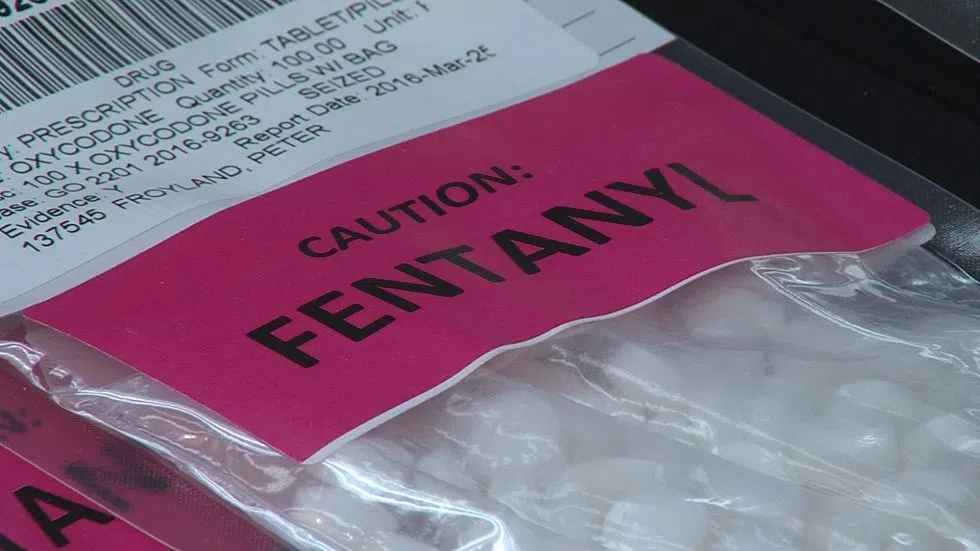
2017 deadliest year ever for illicit drug overdose deaths
KAMLOOPS — 2017 was a deadly year for illicit drug overdose deaths in British Columbia.
Preliminary figures reveal 1,422 British Columbians died, according to new data released today by the BC Coroners Service.
That represents a 43 per cent increase from 2016, when 993 individuals died due to overdose deaths.


